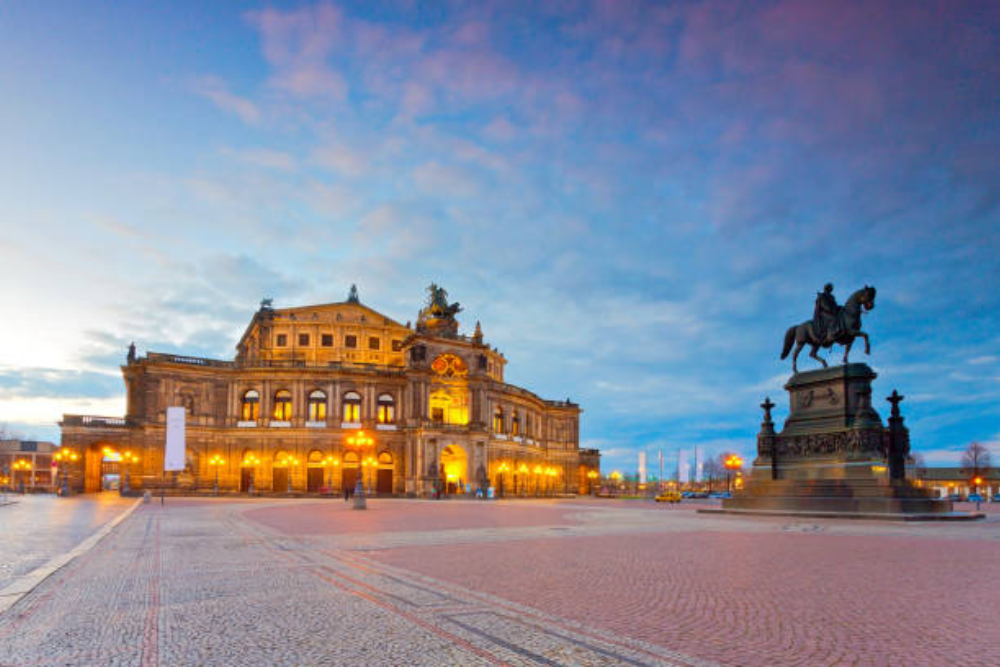Introduction
Saxony (Sachsen in German) is a government state in eastern Germany, known for its rich history, social legacy, and grand scenes. Its capital is Dresden, well known for its Florid engineering and craftsmanship assortments, while Leipzig is a significant social and financial center point. Saxony assumed a huge part in the Renewal and the modern upset, with its mining and assembling businesses. The state is likewise known for the Metal Mountains (Erzgebirge) and Saxon Switzerland Public Park, which draw in nature lovers. All things considered, Saxony was a realm, and today it stays a focal point of expressions, schooling, and development in Germany.
Dresden

Known as the “Florence on the Elbe,” Dresden flaunts dazzling Ornate engineering, including the Frauenkirche, Zwinger Castle, and the Semper Show House. The city’s specialty assortments, particularly in the Green Vault, are among the main in Europe.
Leipzig
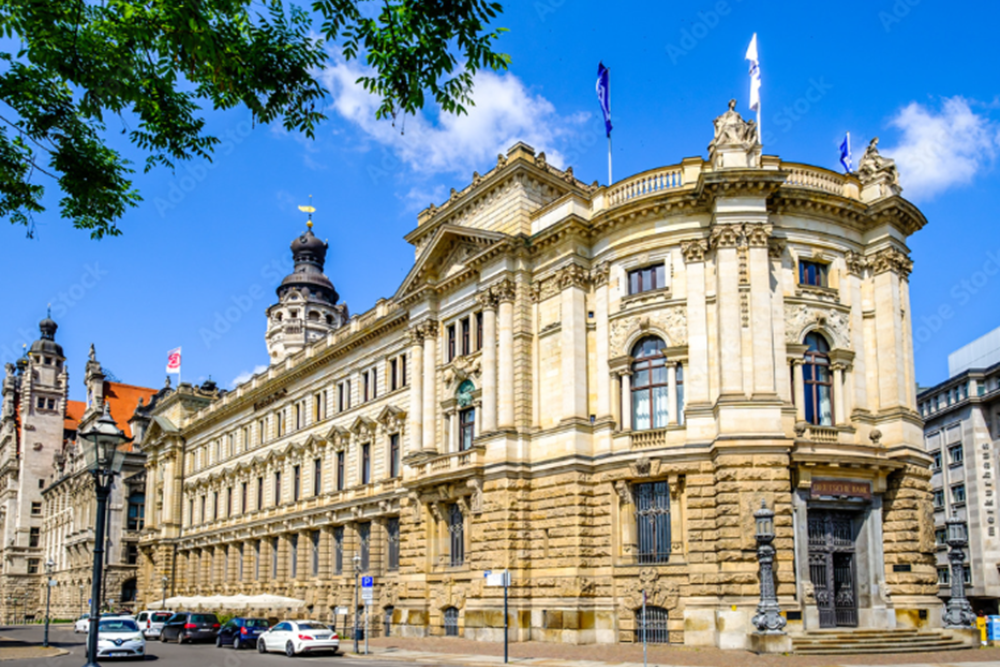
This energetic city has a rich melodic history, being related with writers like Bach and Mendelssohn. Key attractions incorporate the Leipzig Gewandhaus Ensemble, St. Thomas Church, and the Gallery of Expressive arts.
Saxon Switzerland National Park
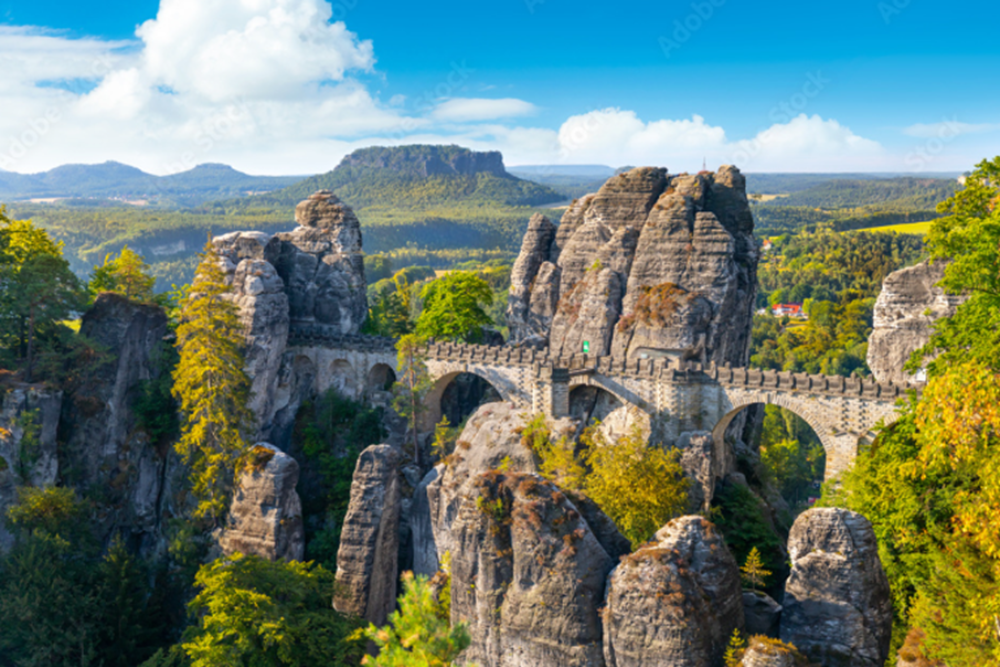
A sanctuary for explorers and climbers, this public park highlights shocking sandstone rock developments, profound chasms, and beautiful perspectives, with well-known spots like the Bastei Extension.
Ore Mountains (Erzgebirge)
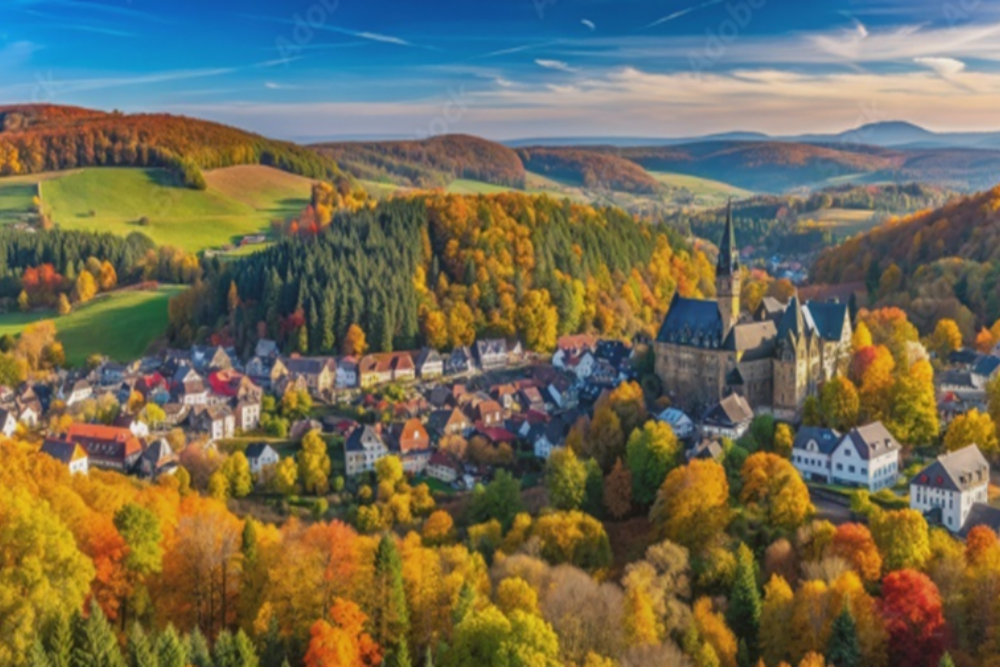
Known for their beautiful scenes and winter sports, the Metal Mountains offer climbing, skiing, and customary Christmas markets highlighting carefully assembled wooden toys.
Meissen:

Famous for its porcelain, Meissen highlights a beguiling Old Town with the great Meissen House of prayer and Albrechtsburg Palace.
Colditz Castle:
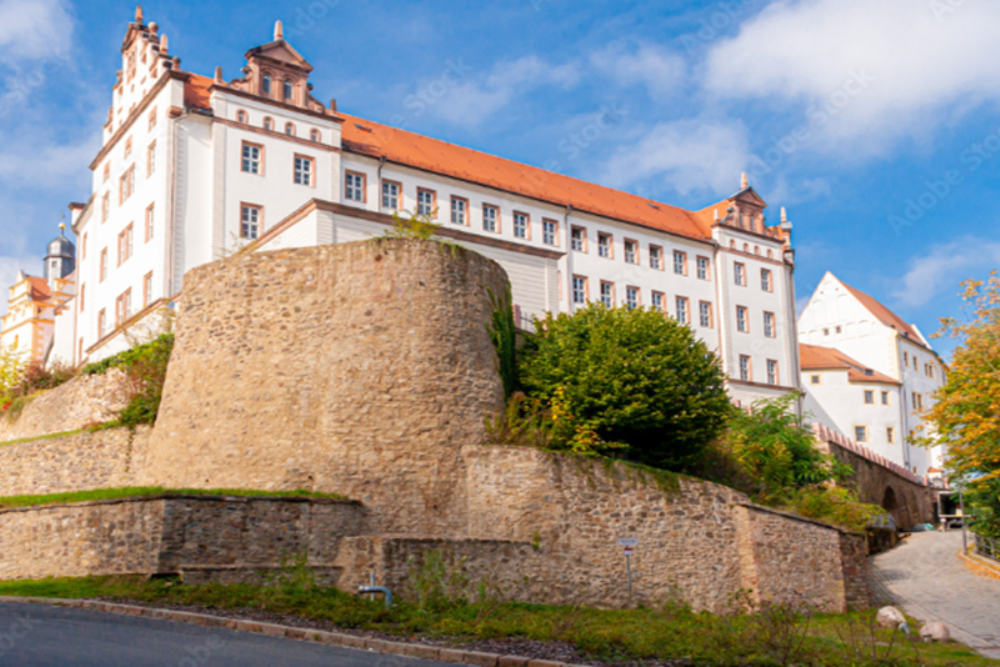
Popular as a WWII POW camp, Colditz Palace offers captivating directed visits that dive into its charming history.
Dresden Christmas Market:
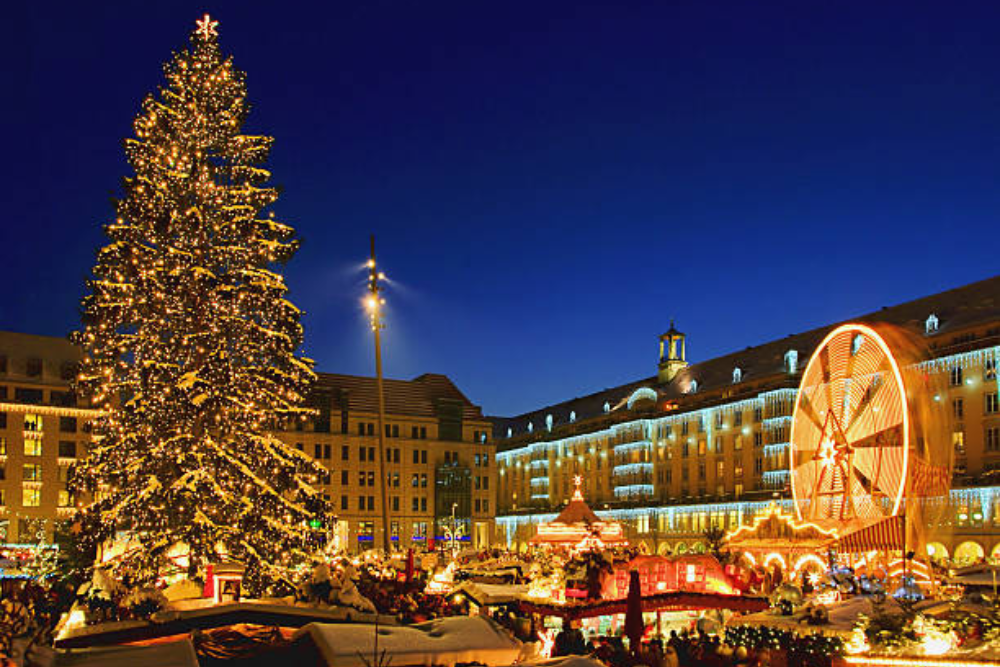
One of the most seasoned and most popular in Germany, this market offers customary specialties, bubbly food, and thought about wine during the Christmas season.
Saxon Cuisine:

Attempt neighborhood dishes like Sauerbraten, Dresdner Stollen (nut cake), and Quarkkeulchen (potato flapjacks). Match your dinner with territorial wines from the Saxon wine district along the Elbe Waterway.
Beer Culture:
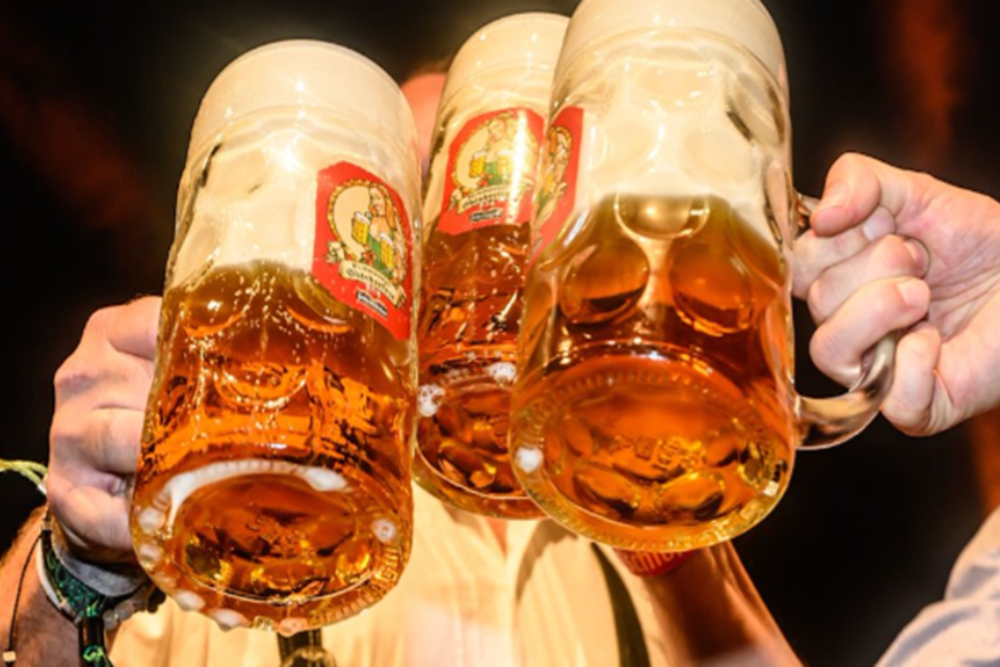
Saxony has serious areas of strength for a culture, especially in places like Leipzig, where you can find conventional breweries and lager gardens.
Dresden State Art Collections:
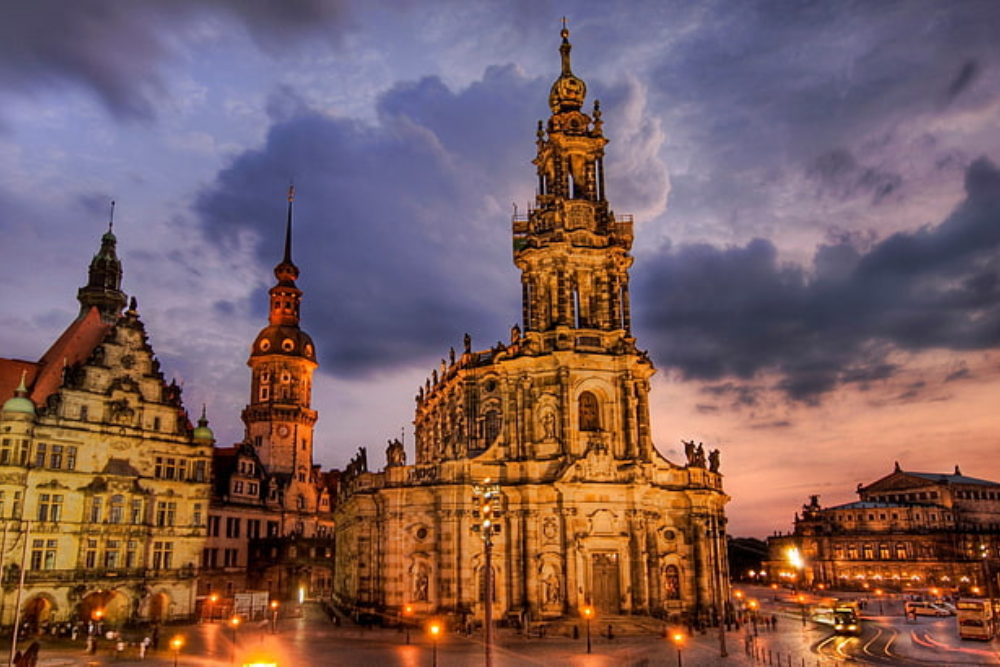
This incorporates the Gemäldegalerie Alte Meister (Old Bosses Exhibition) and the New Experts Display, exhibiting works by prestigious specialists.
Dos and don’ts in Saxony
Dos:
- Do investigate the social tourist spots: Visit Dresden’s notable Old Town, including the Frauenkirche and Zwinger Castle, and the social center of Leipzig with its music and workmanship scene.
- Do see the value in nature: Saxony offers wonderful regular scenes like Saxon Switzerland Public Park and the Metal Mountains, ideal for climbing and touring.
- Do attempt the neighborhood food: Taste conventional Saxon dishes like Sauerbraten (marinated pot broil) and Dresdner Stollen (Christmas nut cake).
Don’ts:
- Try not to be late: Reliability is esteemed in Germany, and it’s amiable to show up on time for arrangements, visits, or get-togethers.
- Try not to think about East and West Germany: While Saxony was essential for East Germany before reunification, try not to make political correlations, as the point can be delicate.
- Try not to talk boisterously in broad daylight places: Like a lot of Germany, individuals in Saxony value a quiet, calm environment out in the open, particularly in eateries, public vehicle, and historical centers.
Best time to reach in Saxony
- Spring (April to June)
- Gentle climate, blossoming blossoms, and less sightseers. Spring celebrations, like the Dresden Live event, additionally happen.
- Downpour is conceivable, so pressing an umbrella is insightful.
- Summer (July to August)
- Warm climate, ideal for outside exercises like climbing in the Saxon Switzerland Public Park. Various occasions and celebrations, including the well-known Leipzig Bach Celebration.
- This is top traveler season, so attractions can be packed, and costs might be higher.
- Pre-winter (September to October)
- Lovely fall foliage and reap celebrations. The weather conditions is as yet gentle, and swarms start to disperse.
- As pre-winter advances, temperatures can decrease, and stormy days become more regular.
- Winter (November to Spring)
- Enchanted Christmas markets, particularly in Dresden and Leipzig. Extraordinary for winter sports in the Mineral Mountains.
- Cold temperatures and more limited light hours; a few attractions might have restricted hours.



